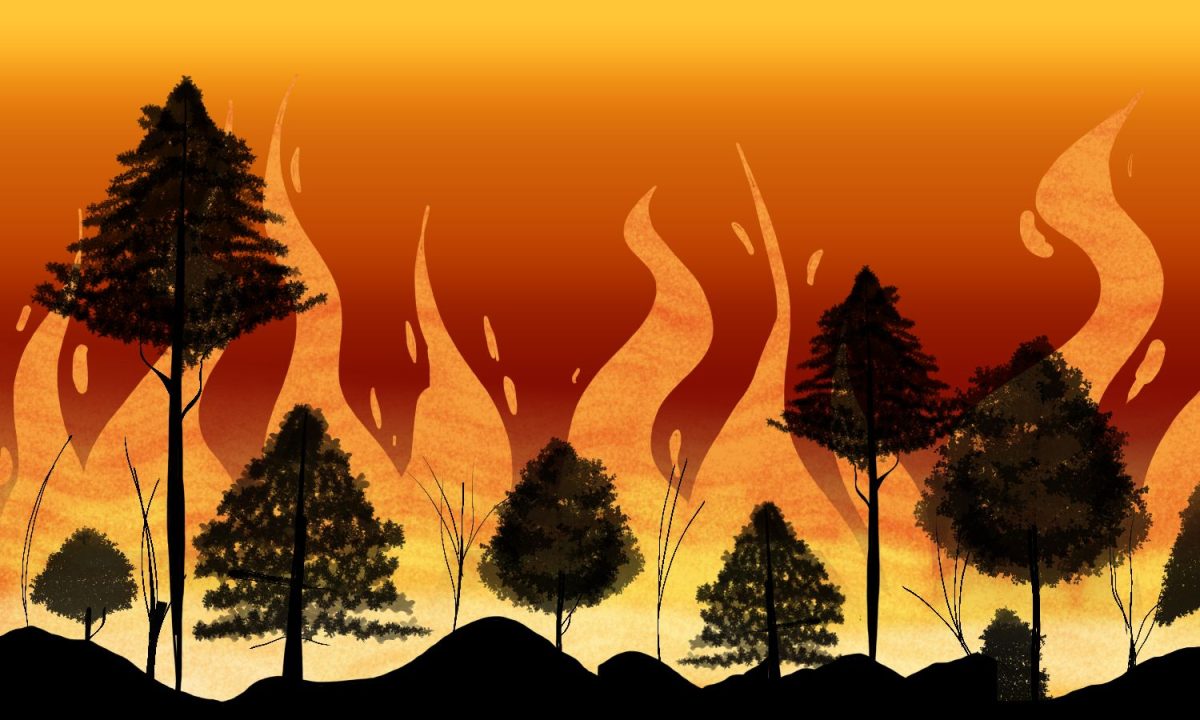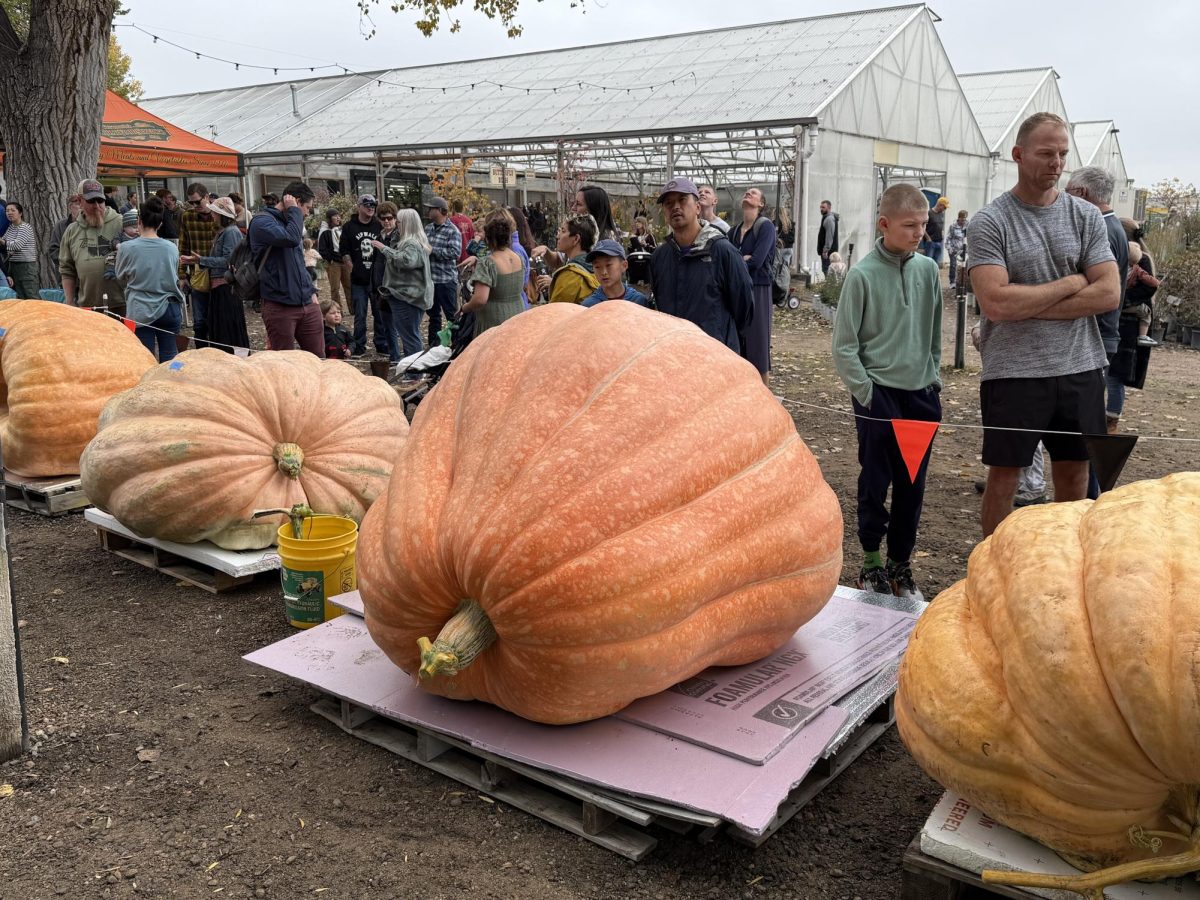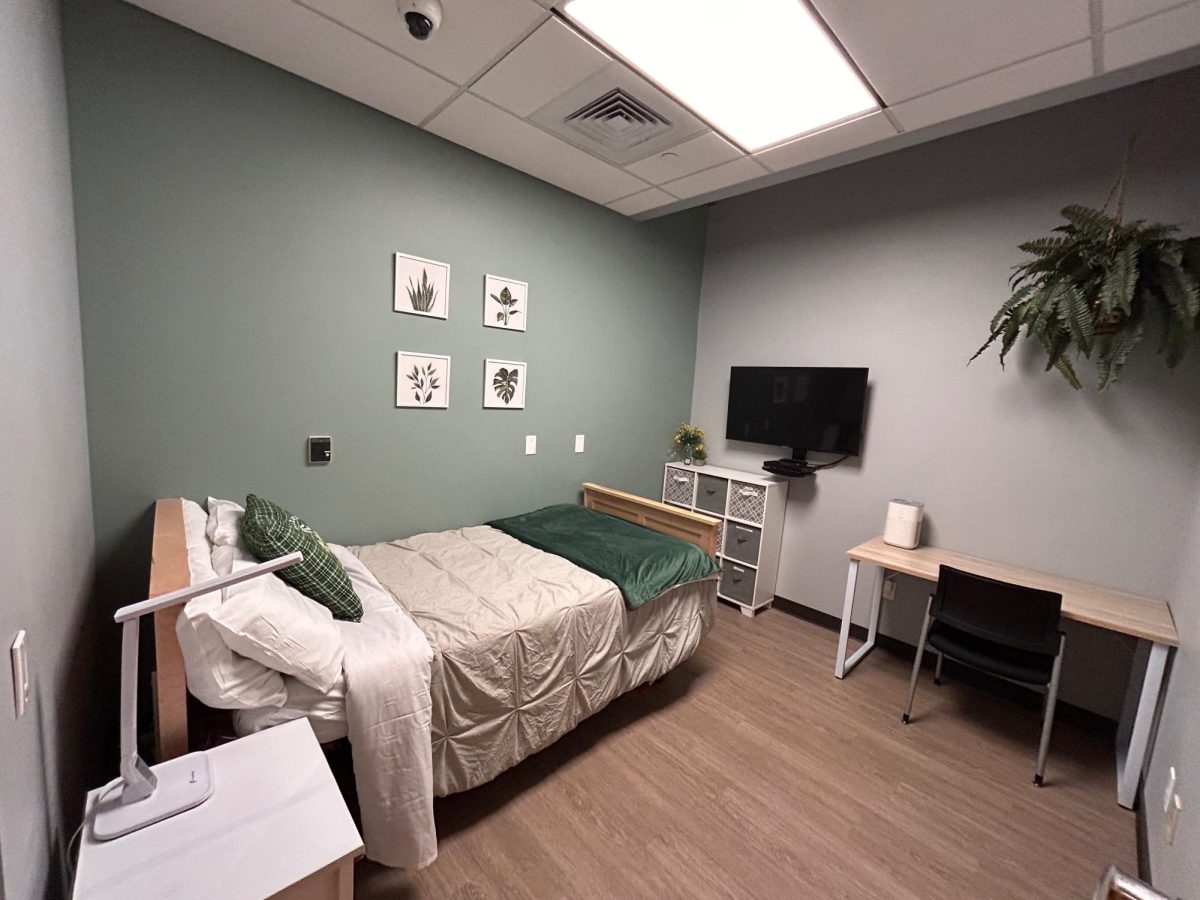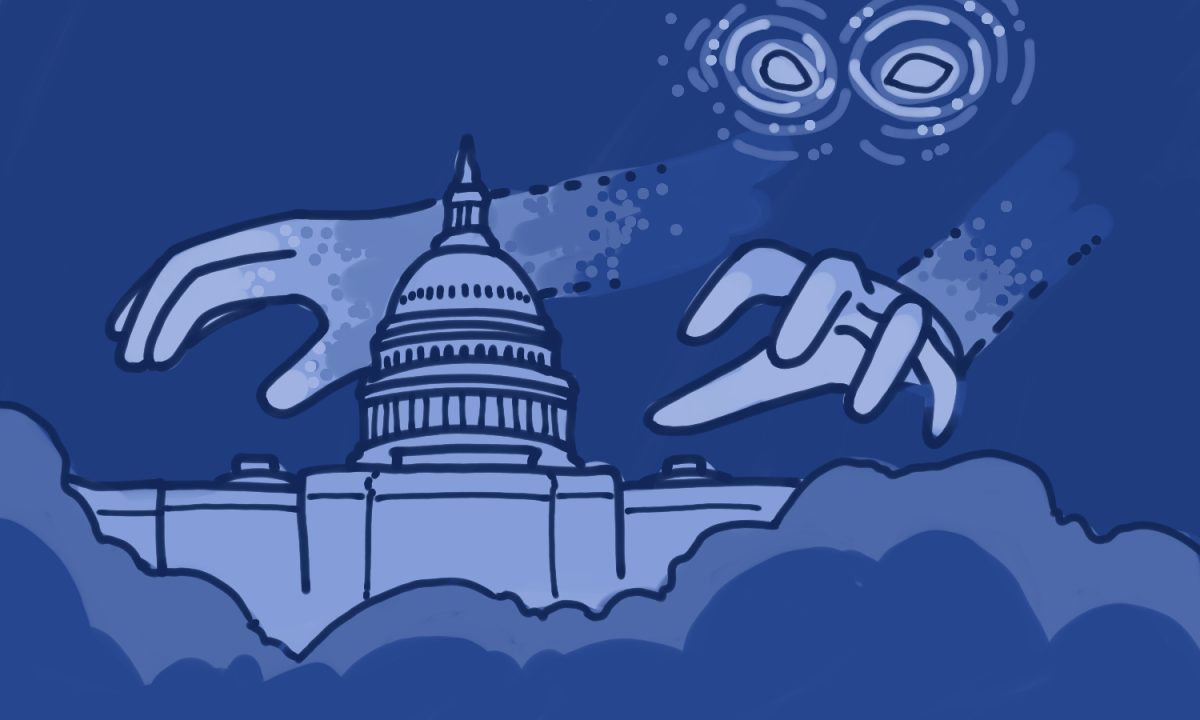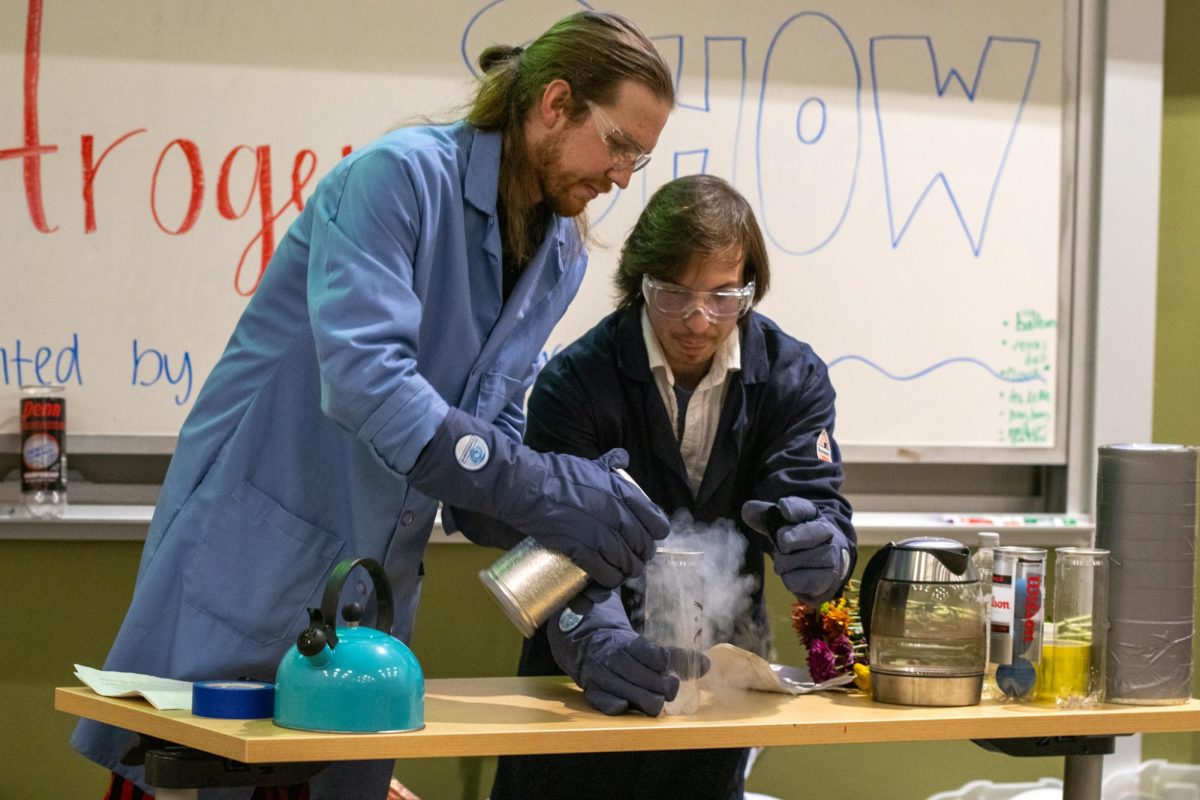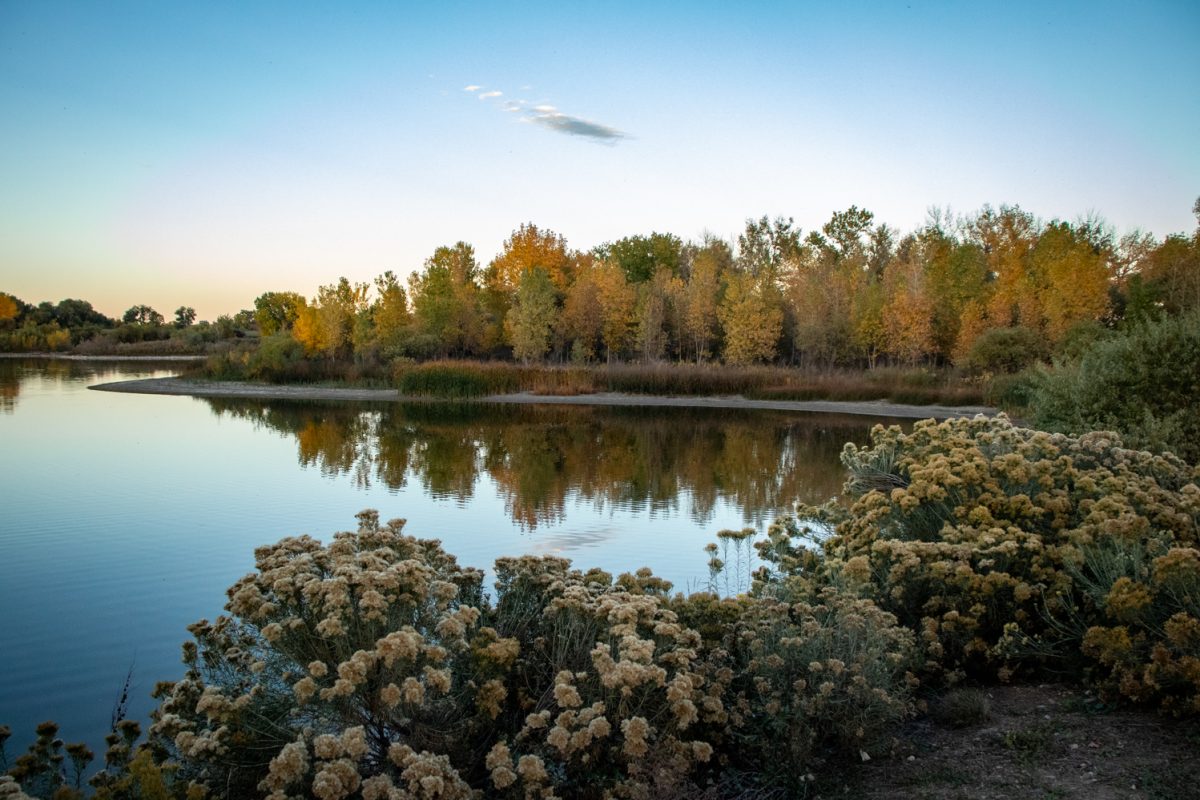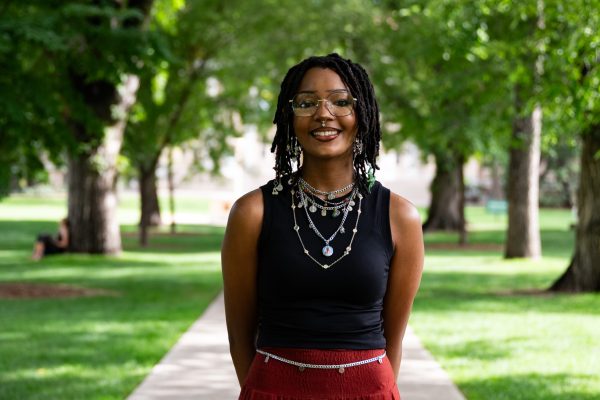Wildfires have ramped up globally, posing a massive risk to public health and safety. Scientists at Colorado State University’s department of soil and crop science and Stanford University’s department of soil and environmental biogeochemistry have recently collaborated to investigate the chemical impact wildfires have on soil. The findings of this study give the community meaningful insight into the potential effects of wildfires on local ecosystems and watershed.
Thomas Borch, a environmental and agricultural chemistry professor at CSU, led a literature review with Scott Fendorf’s lab at Stanford University. Their paper, “Molecular insights and impacts of wildfire-induced soil chemical changes,” was published in Nature Reviews Earth & Environment this past May.
“Take notifications of poor air quality very seriously. Definitely do not disregard those recommendations — they are really important and keep people safe.” -Jacob VanderRoest, Ph.D. candidate
“We have seen some of the biggest fires in global history in the past five years,” Borch said. “In recent times, the frequency and severity of fires has significantly increased.”
This trend is evident in North America but affects the globe and has been on the rise since the 1983. The review investigated transformations of carbon-rich and metallic compounds within the soil that result from wildfires.
In some ways, wildfires are part of a natural cycle, with some of their effects allowing for the revegetation of the forest in the phase after the fire, such as the addition of more nutrients to the soil and germination of pine seedlings. However, if an area is burned too severely, it may not have the opportunity to revegetate due to a depletion in nutrients and the fire burning through the seedbed.
The benefits wildfires offer to a forest ecosystem include clearing out the canopy so lower levels may receive more sunlight and clearing debris from the forest floor. This heat is required for certain species of pinecones to open and spread their seeds. A fire that burns too intensely negates these benefits by destroying too much of the environment for it to be able to bounce back.
Heat from wildfires catalyzes reactions in the soil. These reactions include the transformation of metals like arsenic and chromium to more toxic forms and an increase in compounds called polycyclic aromatic hydrocarbons. It is important to keep track of the products of these reactions because soil erodes into the watershed, and some of these chemicals must be treated to ensure the water is safe to drink.
When water exported from burned areas is treated, the chemicals used in this process react with molecules present in the waste, forming what is called disinfection by-products. Some of these by-products are already regulated by the Environmental Protection Agency, but some are not. Regulated by-products have their levels monitored in the drinking water and must be within a set threshold to be considered safe.
“Nitrogenous disinfection by-products can be even more toxic than carbonaceous disinfection by-products, but they are not regulated at all,” said Jacob VanderRoest, a third-year Ph.D. candidate in Borch’s lab at CSU.
Research on the quality and composition of soil is crucial because it opens doors for better predictions of potential contaminants and regulation going forward for a more evidence-based and holistic approach. A better understanding of what pollutants to expect in the soil following wildfires allows the government to more accurately predict the substances that can be found in the watershed and allows scientists to create better methods to treat water.
Apart from affecting the soil, wildfires rapidly emit greenhouse gasses into the atmosphere, greatly contributing to the ongoing climate crisis. This creates potential for more acute health hazards stemming from smoke inhalation.
Considering this new research, many may wonder what the average person can do to keep themself safe from the effects of forest fires in their community.
“Most of these fires are actually anthropogenic,” Borch said. “It’s often a spark from a transformer station — it’s people’s activity.”
Acting responsibly and treating the environment with respect may go a long way to prevent these disasters in the first place. However, these events are bound to continue. Anyone who finds themself in an affected area should pay attention to the recommendations of local public health officials.
“Take notifications of poor air quality very seriously,” VanderRoest said. “Definitely do not disregard those recommendations — they are really important and keep people safe.”
Janae Coston-Malpas, the northeast area wildfire resilience coordinator for the Colorado State Forest Service, offered insight into steps community members can take to protect their areas from wildfires. She stressed the importance of connection between neighbors.
“I would say that one of the most important components is building relationships with neighbors and communities in general,” Coston-Malpas said. “When residents are able to connect, communicate and build relationships, they share resources (and) information and are able to provide some mitigation support.”
Additionally, Coston-Malpas said it is important for people to have a planned evacuation route in case of a fire. In Colorado, there is no time in which the risk of a fire is completely absent. This communication among communities allows individuals to coordinate escape routes in case of evacuation, stock up on resources and ensure the community is on the same page regarding building codes. When it comes to building on a property, walls should be built to an appropriate thickness depending on the materials used, and the structures should be built an appropriate distance from each other.
It is important to understand fire conditions when venturing into wooded areas for recreational activities, especially those involving campfires. Information about these conditions can be found at csfs.colostate.edu or dfpc.colorado.gov. Information regarding fire-safe building materials and building precautions can also be found on the CSFS website.
Public health information involving air quality is more individual, and information on the topic can be found at airnow.gov. Anyone who is immunocompromised or particularly concerned about the way their health can be impacted by wildfires in their area should consult their physician to get more personal recommendations.
Reach Sophia Pruden at science@collegian.com or on Twitter @CSUCollegian.


